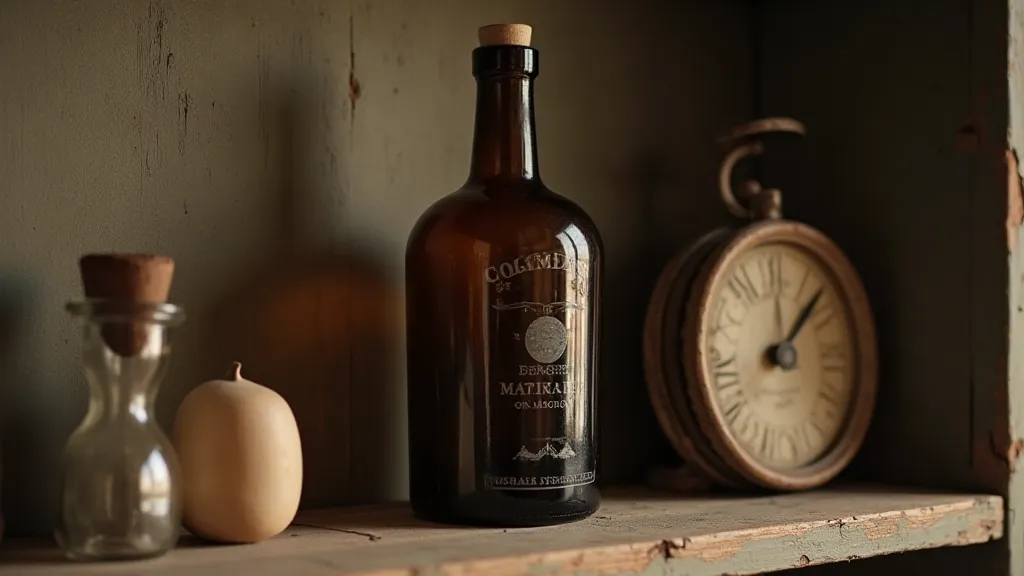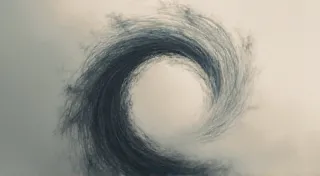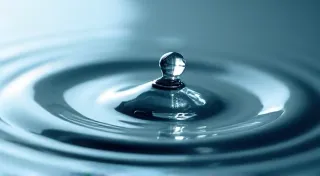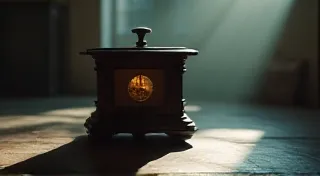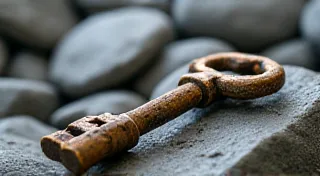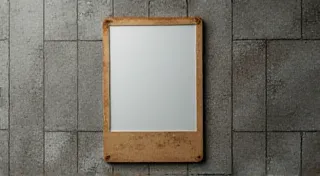Ephemeral Lines: The Beauty of Minimalist Etching
There’s a quiet melancholy that clings to antique bottles. They’re fragments of lives lived, vessels that once held potions, perfumes, or the simple comforts of daily sustenance. They whisper stories of ingenuity, of a time when craftsmanship wasn’t a niche pursuit, but a foundational necessity. And when I approach these fragile relics with the tools of reverse glass etching, I feel a profound responsibility – a desire to enhance, not to overwhelm, the existing narrative. Lately, I’ve been drawn almost exclusively to minimalist designs, embracing the power of negative space and the beauty of fleeting, ephemeral lines. This isn’t just about decoration; it’s about honoring the past.
My fascination began, unexpectedly, with accordions. My grandfather, a stoic man of few words, played a beautiful, battered Hohner accordion. It wasn’t a concert-grade instrument; it was a working man's accordion, worn smooth by years of playing at family gatherings and village fairs. The intricate bellows, the carefully placed buttons, the worn leather – it all spoke of a dedication to both function and a certain understated elegance. The accordion wasn’s about flashy displays; it was about the music, and the music resided in the spaces *between* the keys, in the subtle shifts of pressure and air.
That understanding – the appreciation for what’s *not* there – profoundly influenced my approach to reverse glass etching. It moved me away from more elaborate, busy designs, and towards a philosophy of reduction. The goal isn't to cover the bottle, but to reveal its inherent beauty through carefully placed, delicate lines. A single, graceful curve, a subtle constellation of dots – these can evoke more emotion than a dense, cluttered pattern ever could.
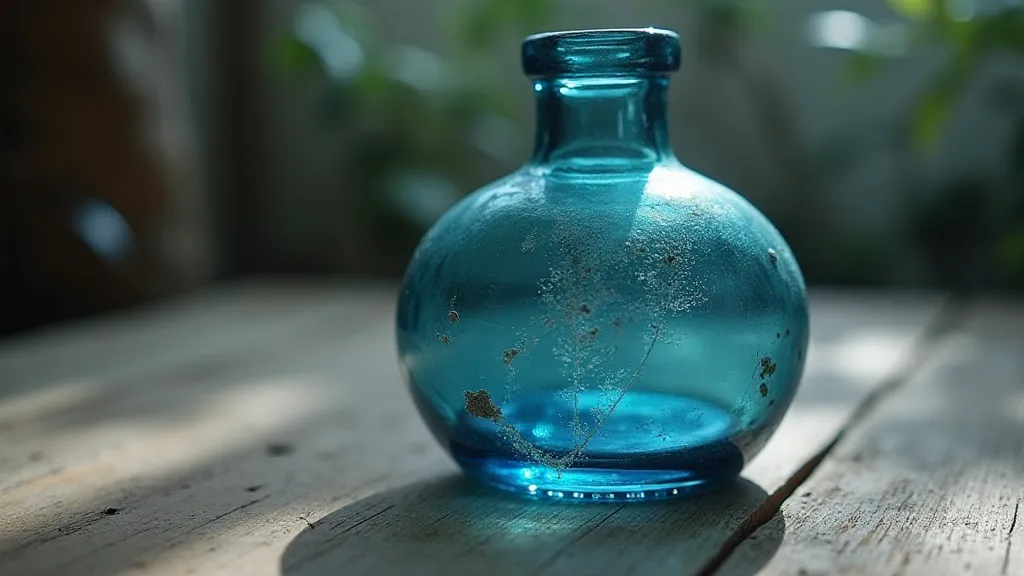
The Essence of Negative Space
Reverse glass etching, as most know, involves creating a stencil on the bottle's surface and then using a resist cream to protect the areas you want to remain clear. What’s removed reveals the etched design. When embracing minimalism, the un-etched areas – the negative space – become just as crucial as the lines themselves. They dictate the rhythm, the balance, and ultimately, the feeling of the piece.
Think of Japanese ink wash painting (sumi-e). A master sumi-e artist doesn't just paint *what* is there; they carefully consider the blank spaces, the voids, the silence. It's in that silence that the true power of the image resides. Similarly, in minimalist etching, the negative space allows the eye to rest, to contemplate, to find its own meaning within the design. A design crammed with details can feel frantic and overwhelming; a minimalist design, on the other hand, offers a moment of peace. This deliberate use of space is a concept that resonates strongly with the artistic spirit, extending beyond just etching; it's about capturing a feeling, a moment frozen in time, much like what one might find exploring Frozen Moments: Capturing the Stillness of Antique Imagery.
The beauty of antique bottles isn’t just about their form, it's about their story. Many bottles tell tales of a bygone era, whispering secrets of the industries and businesses that relied on them. Imagine a milk bottle, a tangible link to a local dairy that’s long since vanished. Or a medicine bottle, a silent witness to the remedies and treatments of a different time. Researching the history of these objects – their colors, shapes, and markings – adds an entirely new layer of appreciation for the craft of reverse glass etching.
Antique bottles aren’t pristine. They bear the marks of time – bubbles in the glass, slight imperfections in the form, often subtle scratches from decades of handling. These aren’t flaws; they’re history. My approach is to work *with* these imperfections, allowing them to inform the design. A subtle scratch might become a deliberate line in the etching, a bubble might become a focal point.
Restoration can often remove this character, creating something beautiful, but ultimately sterile. I believe that true appreciation for these objects comes from accepting – and even celebrating – their age and the stories they tell. Etching can be a tool to accentuate those stories, to highlight the passage of time, rather than to erase it.
Sometimes, a design emerges organically from the bottle itself. The shape might suggest a particular motif – a simple wave on a slightly convex surface, a stylized tree on a bottle with a subtle curve. Observing the bottle carefully, feeling its form in my hands, is the first and most important step in the process. It’s a process of allowing the bottle to dictate the design, revealing a world of possibilities that might otherwise be missed. It's akin to how an artist might build dimension with layers, as described in The Sculptor’s Glass: Building Dimension with Etched Layers, transforming a simple surface into something deeply resonant.
The techniques themselves are relatively straightforward, but the key lies in the precision and control. A fine-tipped stencil cutting tool is essential for creating clean, crisp lines. A very soft brush is needed to apply the resist cream evenly, avoiding any pooling or streaks. The etching cream should be applied gently, and the exposure time should be carefully monitored to prevent over-etching.
I've found that layering etches – applying a light etching, allowing it to dry, and then applying a second, slightly deeper etching – can create a beautiful depth and nuance. It's a more time-consuming process, but the results are often worth the effort. Experimentation is key. There's no magic formula; it's a process of trial and error, of learning to read the glass and to understand how it will respond to the etching cream.
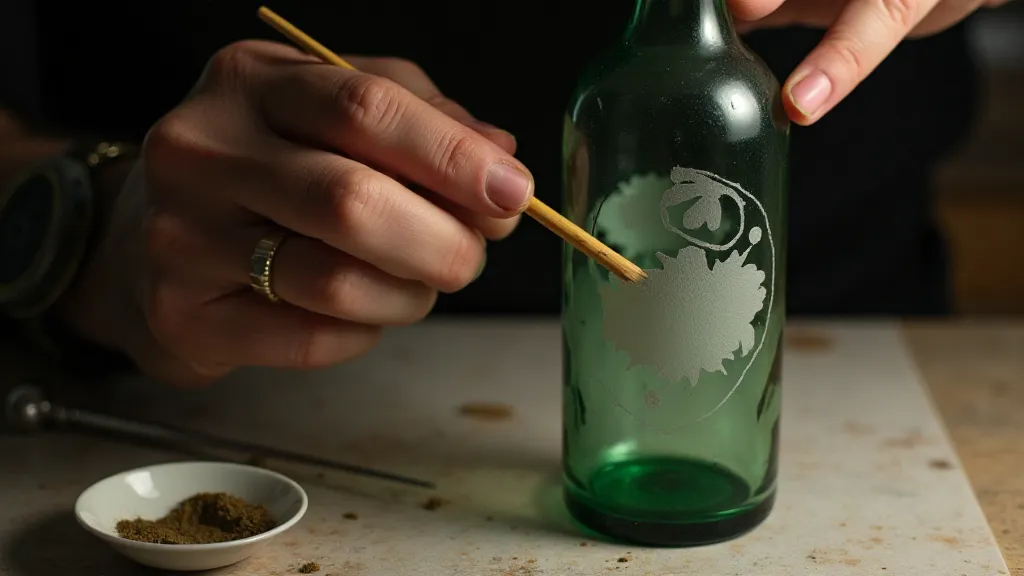
The joy of reverse glass etching isn't just in the creation; it's also in the appreciation of the bottles themselves. Collecting antique bottles, even if you’re only acquiring a few specimens, can be a rewarding experience. Researching the history of different bottle types – the colors, the shapes, the markings – adds another layer of depth to the process.
Look for bottles with interesting histories – milk bottles from a local dairy, medicine bottles from an old pharmacy, beer bottles from a now-defunct brewery. These bottles aren’t just beautiful objects; they’re tangible links to the past. And by adding a touch of minimalist etching, you can further enhance their beauty and preserve their stories for generations to come. Many artists find their own artistic vision reflected in the history and feel of the bottle, allowing the past to inform the present – a concept similar to how one might explore Bottled Reverie: Creating Dreamlike Scenes Through Etching.
Beyond the aesthetics, consider the narratives these bottles hold. A medicine bottle might hint at remedies and practices of the past, sparking curiosity about historical healthcare. A milk bottle can be a window into a local dairy’s history and the community it served. Even a simple beer bottle tells a story of industry, commerce, and the social customs of a bygone era. These bottles are not merely containers; they are silent storytellers, each with a unique tale to share. Imagine what a cartographer might do to reflect this sense of place, mapping not just geography, but also the stories embedded within these vessels—a vision brought to life in The Cartographer’s Bottles: Mapping Inner Landscapes Through Etching.
Reverse glass etching is more than a craft; it is an exploration of history, design, and personal expression. By embracing minimalist techniques and honoring the stories embedded within these vessels, you can transform a simple bottle into a work of art that speaks to generations. It requires a quiet patience, an eye for detail, and a deep appreciation for the beauty of imperfection. It's a journey that invites us to connect with the past, celebrate the present, and imagine the future.
Minimalist reverse glass etching is more than just a craft; it’s a conversation with history. It's a way of honoring the past, of appreciating the beauty of imperfection, and of finding meaning in the spaces between. It’s a quiet dialogue with time, a subtle acknowledgment of the enduring power of simple elegance. And in a world increasingly dominated by noise and clutter, that quiet beauty is perhaps more valuable than ever.
